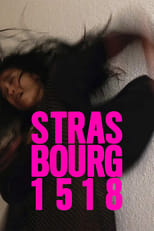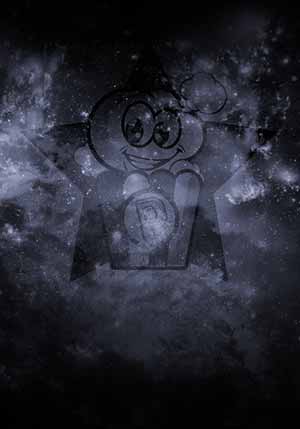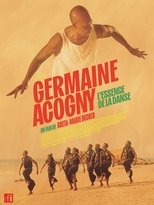Germaine Acogny
¿Quién es Germaine Acogny?
Born in Benin in 1944 to a Senegalese civil servant, Germaine Acogny was also a descendant of the Yoruba people through her grandmother. When she was 10, the family moved to Dakar, Senegal, where she spent the remainder of her childhood. After showing a natural ability in dancing, she decided to pursue this as a career, moving to France in the 1960s to study modern dance and ballet.
Upon her return to Senegal, she began to teach dance locally, both privately and as part of the local secondary education system. During this period she developed a new style, which she would later call the "African dance". After choreographing dance to the poem Femme Noir, Femme Nu, she came to the attention of the author - President Léopold Sédar Senghor of Senegal. After realising they had similar aspirations for African identity and culture, he sent her to work with choreographer Maurice Béjart in Brussels, Belgium. With the assistance of Senghor and Béjart, she founded Mudra Afrique, a school of dance in 1977.
While Béjart initially set the curriculum, which included Acogny's modern dance techniques. He eventually recruited more dance teachers from the United States and attempted to take over Acogny's portion of the curriculum; she confronted him and demanded she was made the sole director of the school instead. He agreed, and she combined the work of the foreign teachers with her own within the school. She continued to develop the African dance as an ongoing hybrid between modern western styles and traditional African techniques. In 1980, she wrote and published Danse Africaine (African Dance), which set the standard for Senegalese dance. She left Mudra Afrique in 1982.
Three years later, she founded Studio Ecole Ballet Theatre in Toulouse, France, alongside her husband Helmut Vogt. She returned to Senegal to in 1995, and opened the dance school l'Ecole des Sables there three years later. She involved the local villagers in the performances, with the studio set in the open air overlooking the ocean. Around the same time as the new school opened, she began collaborating with overseas choreographers such as Susanne Linke and Kota Yamasaki to with on her company Jant-Bi to develop three hour dances for evening performances. Between 1997 and 2000, she was the Artistic Director of the Dance section of the Paris-based Afrique en Creation.
On February 17, 2021, she received the Golden Lion for Dance by the Venice Biennale.
Source: Article "Germaine Acogny" from Wikipedia in English, licensed under CC-BY-SA 3.0.
Trabajos destacados
Géneros más habituales en las películas de Germaine Acogny
Géneros más habituales en las series de Germaine Acogny
Las imágenes y retratos de actores y actrices mostrados en este sitio web son obtenidos de la base de datos pública de The Movie Database (TMDb), utilizada bajo los términos y condiciones de dicha plataforma. En caso de que alguna imagen o fotografía sea incorrecta, ofensiva, o pueda infringir derechos de imagen o copyright, puede ser editada o eliminada directamente en TMDb. Esto provocará su eliminación automática en este sitio web. Adicionalmente, si usted desea solicitar la eliminación de una imagen directamente en nuestro sitio web, puede utilizar el formulario de contacto ubicado al pie de la página. Atenderemos su solicitud de manera expedita y tomaremos las medidas necesarias para garantizar el cumplimiento de los derechos aplicables.
The images and portraits of actors and actresses displayed on this website are sourced from the public database The Movie Database (TMDb), used in accordance with its terms and conditions. If any image or photograph is incorrect, offensive, or may infringe image rights or copyright, it can be edited or removed directly on TMDb. This will automatically result in its removal from this website. Additionally, if you wish to request the removal of an image directly from our website, you may use the contact form located at the bottom of the page. We will promptly address your request and take the necessary measures to ensure compliance with applicable rights.





